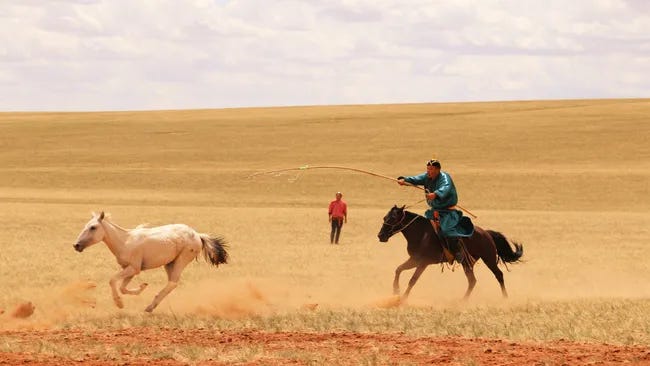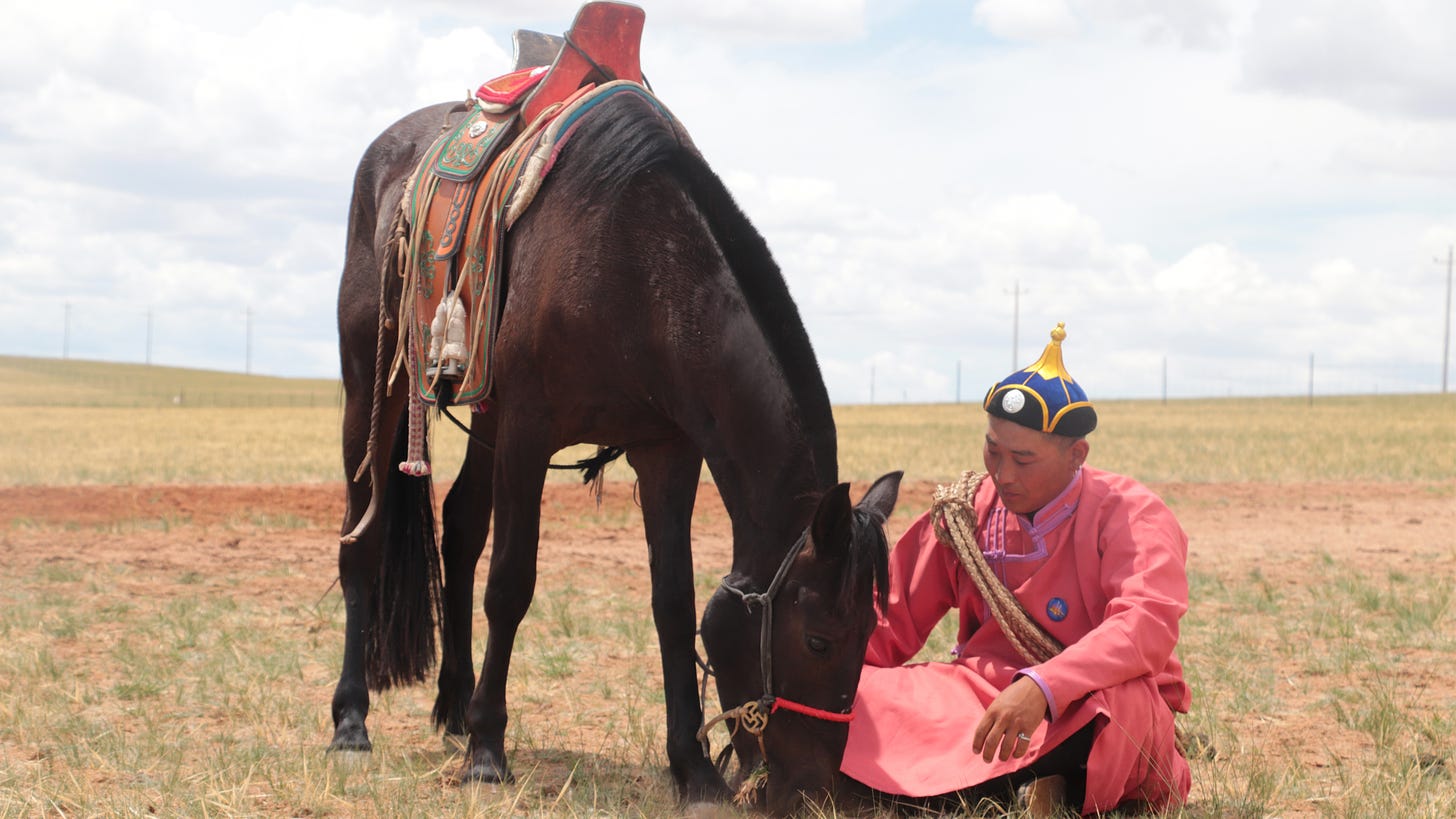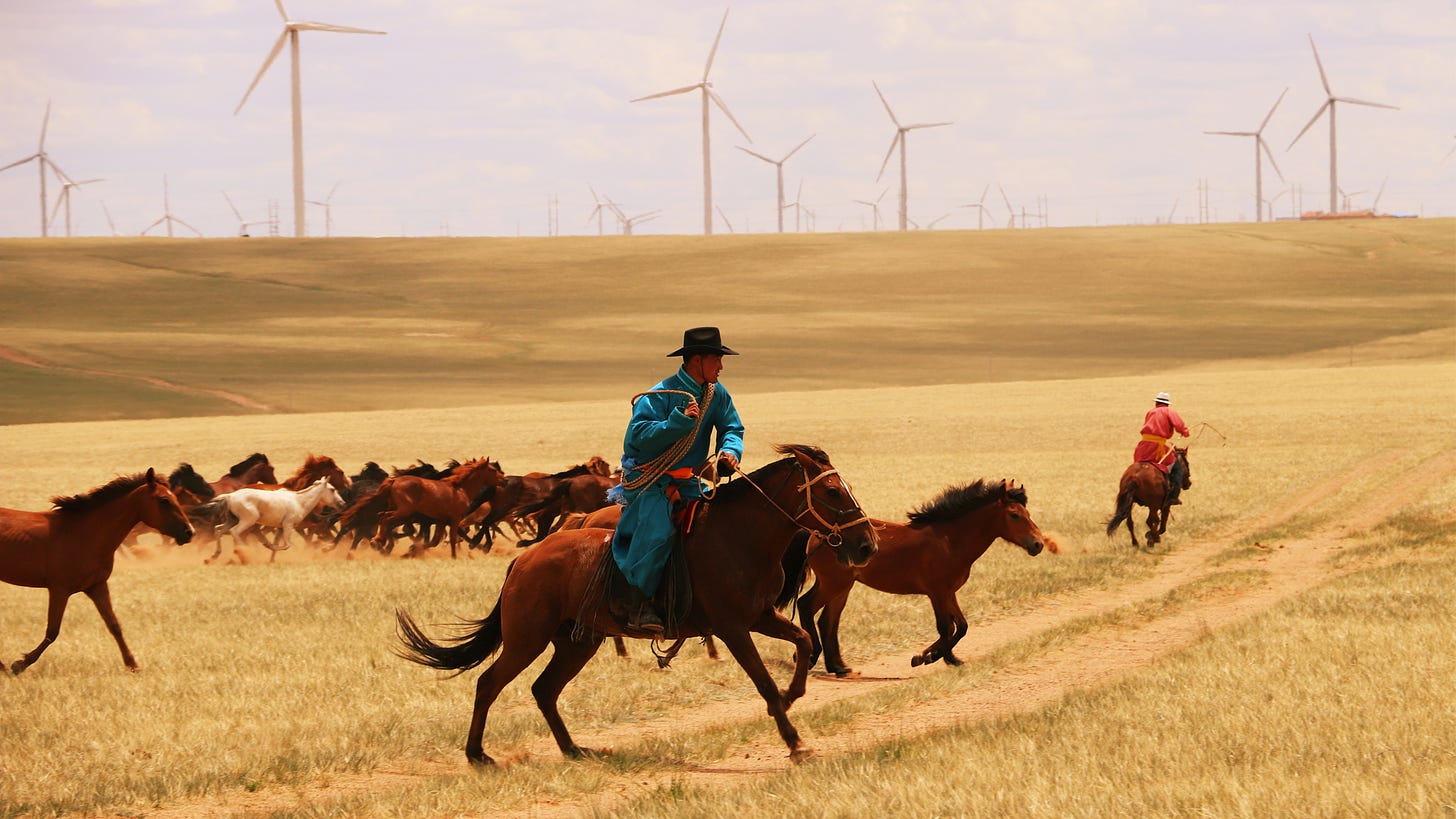Revisiting Horse Domestication: New Findings Push Date 1,000 Years Later
Manage episode 422431060 series 3444207
The New Timeline of Horse Domestication
Recent research1 has upended previous assumptions about the domestication of horses, revealing that humans first domesticated these animals around 2200 B.C., a full millennium later than traditionally believed. This finding emerges from a comprehensive study of ancient horse DNA, which sheds new light on the timeline and motivations behind horse domestication.
Early Domestication: Meat and Milk
The study, which analyzed the genomes of 475 ancient horses, indicates that the initial domestication of horses was primarily driven by the desire for meat and milk, rather than transportation. According to Ludovic Orlando, a molecular archaeologist at the Centre for Anthropobiology and Genomics of Toulouse, the first domestication likely occurred among Central Asian hunter-gatherer groups who did not use horses for transport. Instead, these early domesticators were settled in what is now Kazakhstan and were primarily interested in the nutritional benefits horses could provide.

A Revolution in Human Mobility
The domestication of horses significantly impacted human history, enabling long-distance travel, the transportation of heavy loads, and the ability to fight while mounted. This mobility facilitated the rapid spread of human populations across vast regions. Previous studies, particularly of the Yamnaya culture, suggested that horses were domesticated around 3300 to 3000 B.C., coinciding with the Yamnaya's migration across Europe and Asia and the spread of Indo-European languages.
However, the new genetic analysis challenges this timeline. The research published in Nature shows that domesticated horses, identified by specific genetic changes, only appeared around 2200 B.C. This later date suggests that the large horse herds accompanying human migrations across Europe did not occur as early as previously thought.

Genetic Evidence of Domestication
The researchers looked for signs of husbandry in the horse DNA, such as reduced genetic diversity and shorter generation times, which indicate human-directed breeding. They discovered that until the end of the third millennium B.C., horse populations were localized to Central Europe and the Carpathian and Transylvanian Basins. A significant reduction in the time between horse generations around 2200 B.C. suggests an increase in breeding efforts.

Moreover, a new bloodline, matching that of modern domesticated horses, emerged around this time. This aligns with archaeological evidence of horse imagery in Mesopotamia and chariot burials in the Ural Mountains, further supporting the revised timeline.
The Role of Climate and Mobility
Orlando suggests that climate events, such as dry seasons in southwest Asia and the steppes, may have triggered the domestication of horses. As these conditions required greater mobility to find new pastures, horses became invaluable for their ability to quickly move humans and their belongings.
Expert Opinions and Implications
William Taylor, an archaeozoologist at the University of Colorado Boulder, concurs with the new findings, noting that the Yamnaya and other early steppe cultures likely had interactions with wild horses but were not responsible for their initial domestication. This study's genetic model aligns with other archaeological evidence, providing a clearer picture of early horse domestication.
Shevan Wilkin, a biomolecular archaeologist at the University of Basel, adds that while her research showed Yamnaya individuals consuming horse milk, this does not imply widespread domestication for transport. The new study indicates that the Yamnaya's mass migrations were not facilitated by domesticated horses.
The Significance of Late Domestication
The delayed domestication of horses, compared to other animals like dogs, sheep, and cattle, remains a mystery. However, once domesticated, horses quickly became integral to human societies, aiding in their rapid expansion across the globe. Orlando highlights the unprecedented nature of this expansion, driven by human mobility and the strategic advantages horses provided.
In summary, this groundbreaking research redefines the timeline and understanding of horse domestication, emphasizing its profound impact on human history and the development of ancient societies. The study underscores the importance of genetic analysis in unraveling the complexities of human-animal relationships and their evolutionary significance.
Librado, P., Tressières, G., Chauvey, L., Fages, A., Khan, N., Schiavinato, S., Calvière-Tonasso, L., Kusliy, M. A., Gaunitz, C., Liu, X., Wagner, S., Der Sarkissian, C., Seguin-Orlando, A., Perdereau, A., Aury, J.-M., Southon, J., Shapiro, B., Bouchez, O., Donnadieu, C., … Orlando, L. (2024). Widespread horse-based mobility arose around 2,200 BCE in Eurasia. Nature, 1–64. https://doi.org/10.1038/s41586-024-07597-5
9 episodes




